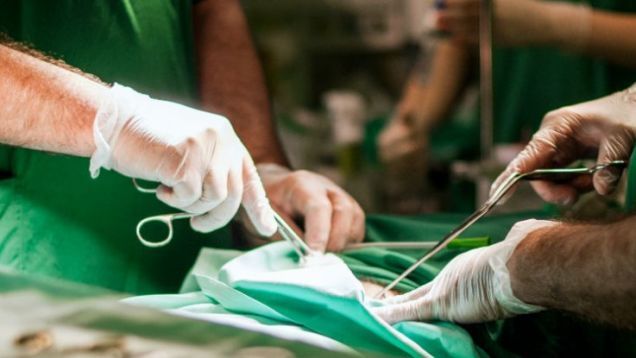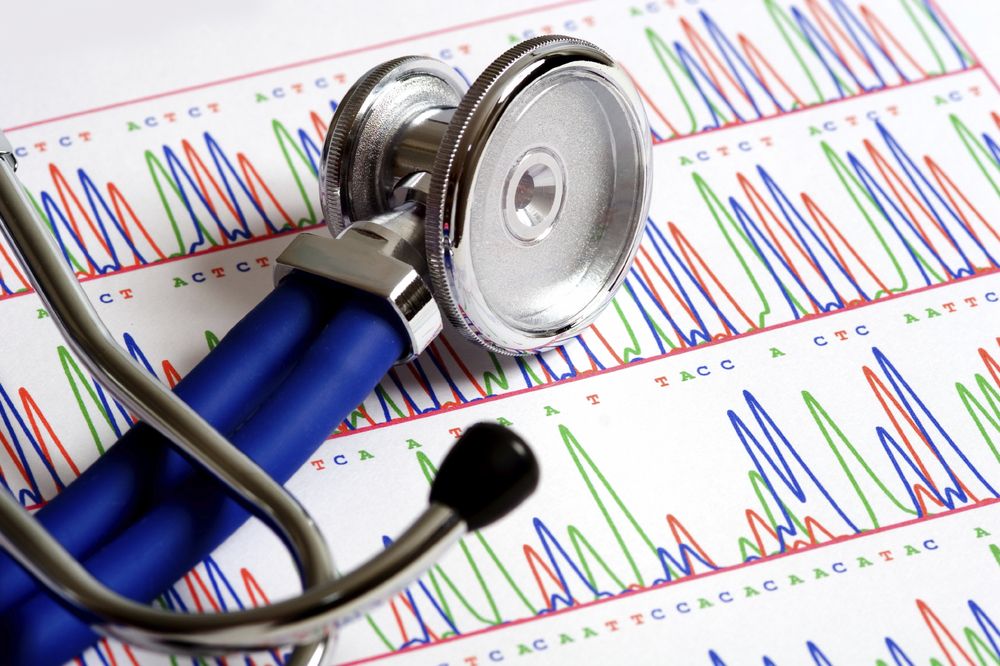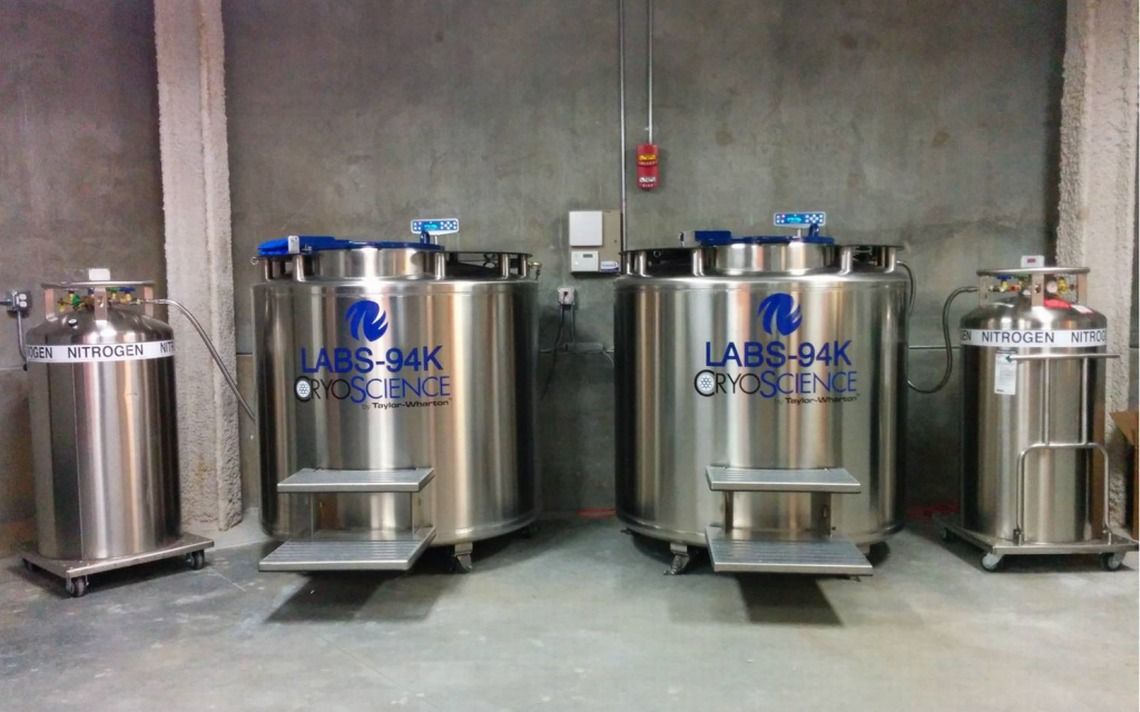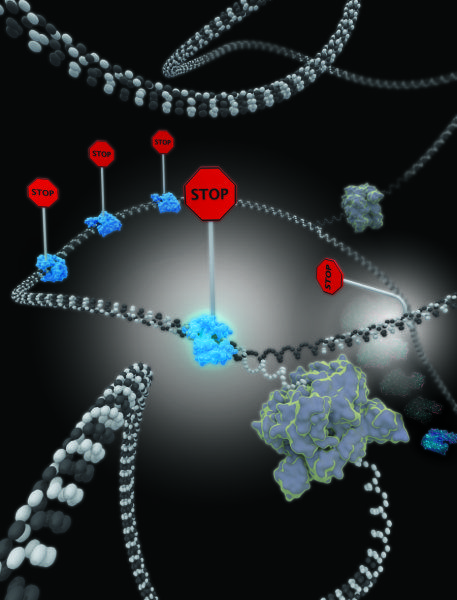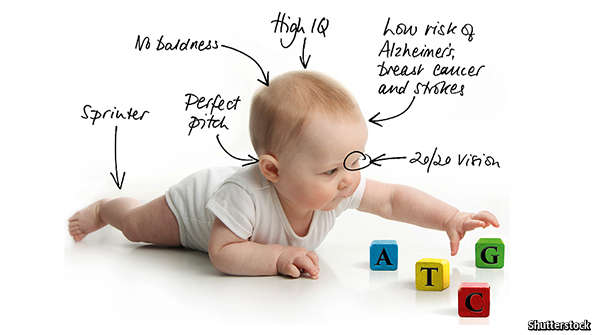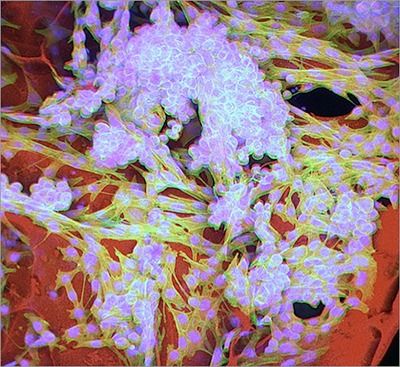Sep 15, 2015
The Imminence of Transhuman Technologies
Posted by Dan Faggella in categories: bioengineering, ethics, existential risks, genetics, health, innovation, neuroscience
Progress always seems to ride a slippery slope. Innovations generally bring a plethora of potential benefits and just as many dangers, the obvious and the hidden. Technologies that tamper with our biological constructs is well underway in the neuro- and biotech industries. Historically, innovations in medicine have usually been beneficial on the aggregate.
But these new breakthroughs go beyond preventing and healing pre-existing causes. Transhuman technologies hold the promise of enhancing who we are as individuals and potentially as an entire species, and the decisions surrounding these technologies are far from simple. Dr. Nayef Al-Rodhan, a philosopher, neuroscientist, and director of the Geneva Center for Security Policy, believes we should be acting now to prepare for the inevitable and the unpredictable ramifications.
Framing Human Motivation
Considering our mixed track record as a species in rolling out groundbreaking innovations, discussing and finding potential solutions to many of the hidden dangers, and obvious ones, seems more than reasonable. One of the more puzzling questions is, where do we begin to have a pragmatic conversation on the ethics of these technologies?
There are plenty of theories about what drive human decisions, not least because human morality is infinitely complex and our minds crave frames through which to make sense of chaos. Dr. Al-Rodhan has his own conception of what drives human motivations. He makes meaning using the lens of “5 P’s” – Power, Pride, Profit, Pleasure, and Permanence – which he posits drive human motivations. “This is my view, the foundation of my outlook…this perceived emotion of self interest drives our moral compass.”
Continue reading “The Imminence of Transhuman Technologies” »
